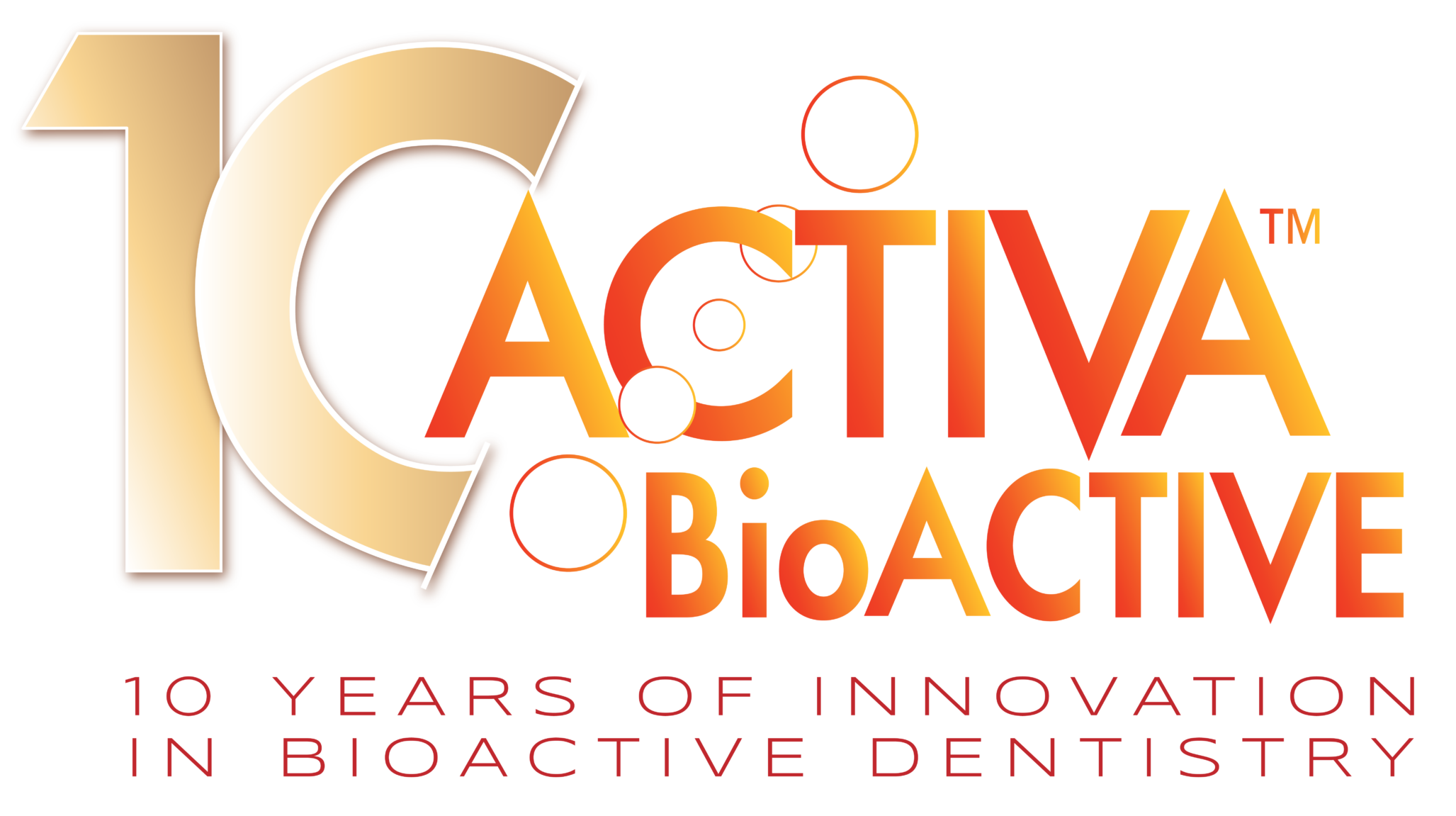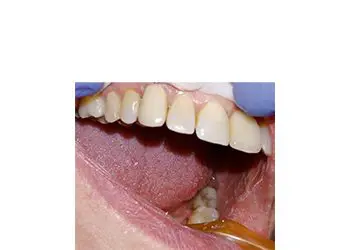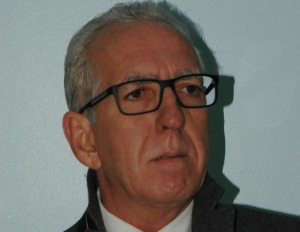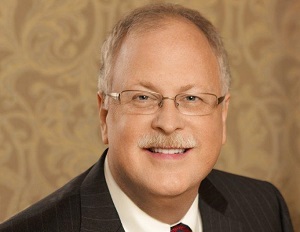Heroic Dentistry: Difficult Patients, Difficult Choices
By Raymond Kimsey, DMD
My practice is open to patients with special needs, and I often receive referrals from other practitioners for challenging cases. As difficult as they may be, I find them especially rewarding.
Figure 1: Shows rampant caries
Naomi was 10-years-old and suffered from acute dental phobia and rampant caries (Figure 1). She was so difficult to manage that she had not been able to receive treatment elsewhere. She was referred to me, which was not particularly convenient for her mother, who had to make the 40-mile drive to my office in Miami.
My first challenge was to establish understanding and communication with a 10-year-old child who was from a different cultural background and was afraid of dentists. I spent a considerable amount of time talking to her at our first appointment, and with the help of many years of experience in similar situations, I was able to gain her trust. I explained that while dentists would usually treat the back teeth first, today we would work on making her front teeth healthy and beautiful. Naomi was on board.
It is often best to sedate the patient in situations such as this. Having successfully managed her fear and anxiety, Naomi was cooperative, and I administered IV sedation. Figures 2 and 3 show her upper anterior teeth after removal of caries and areas of severe decalcification. Note the pulpal exposures on both central incisors.
Figure 2: Shows pulpal exposures after removal of caries and severely decalcified dentition
Figure 3: Lingual view showing excessive loss of tooth structure
I was now faced with a series of decisions about how to treat the exposures and restore the teeth. Considering the poor hygiene and neglect, and the uncertainly that Naomi and her mother would comply with a follow-up regime, completing this anterior case in one visit was a priority. There was a reasonable possibility that the pulp tissue was contaminated, and I made the decision to immediately perform root canal therapy on the central incisors. After completion of the endodontic treatment, I elected to use a combination of restorative materials so that I could capitalize on their individual strengths, thereby affording this child the best chance to save these teeth.
My restorative choices included three materials: a conventional composite with a long history of excellent wear resistance although it suffers from a high rate of recurrent caries; Activa Bioactive-Restorative, dual cure material that provides a high level of bioactivity in a strong, fracture resistant, rubberized-resin matrix; and Activa Presto, a light cure, low flow bioactive composite containing the patented Crysta MCP technology (methacrylate-functionalized calcium phosphate). Presto offers superior aesthetics to Activa Bioactive-Restorative and shares the additional minerals and dynamic behavior of the Activa Bioactive materials. Both Activa Bioactive and Activa Presto release calcium, phosphate, and fluoride, which supports remineralization and helps seal margins and prevent microleakage, which is the leading cause of secondary caries. I would utilize the strengths of all three materials in the following way.
After etching and applying Dentastic Uno bonding agent, I started the basic core build-up with Activa Bioactive-Restorative. The dual-cure properties allowed for rapid bulk fill while ensuring a complete cure deep into the pulp chamber. I followed this with a layer of conventional composite to provide additional wear resistance.
The labial surfaces were restored with Activa Presto shades A2 and A3.5 employing what I call the “swirl technique” to create a natural shade gradient. To accomplish this, I place increments of two different shades of Presto side by side. Prior to curing, I use the tip of an explorer to swirl and mix the material at the margins, thus creating a range of shades for the transition and a cosmetic result (Figure 4).
Figure 4: Shows results of the “swirl” technique blending Activa Presto low flow bioactive composite shades A2 and A3.5
Figure 5: Immediate post-op photo
Figure 6: 10-week follow-up shows healed tissues and improved oral care
I completed the procedure in one visit. Figure 5 shows the immediate result. The soft tissue will need some time to heal. Naomi returned after 10 weeks, and I was delighted to see a profound change in her attitude and self-care. I was now her trusted friend, and she was excited to see me. She was brushing her teeth and had improved her diet. She exuded confidence. The soft tissues had healed beautifully (Figure 6), and the case looked great. But this was about more than restoring teeth. This may be a life-changing event for a 10-year old child who needed to know that someone cared enough to guide her along a path to good choices, trust in medical professionals, and confidence in herself.
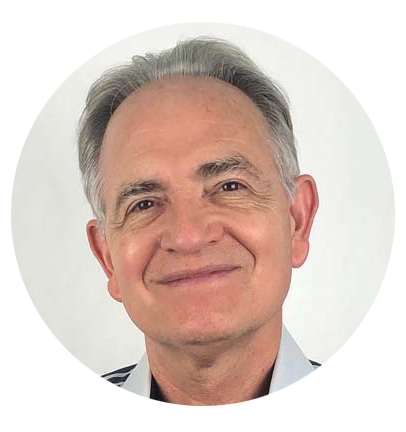
Dr. Kimsey is in private practice in Coral Gables, Florida. His specialties include implantology, anesthesia and IV sedation, and management of patients with mental and physical developmental defects.


